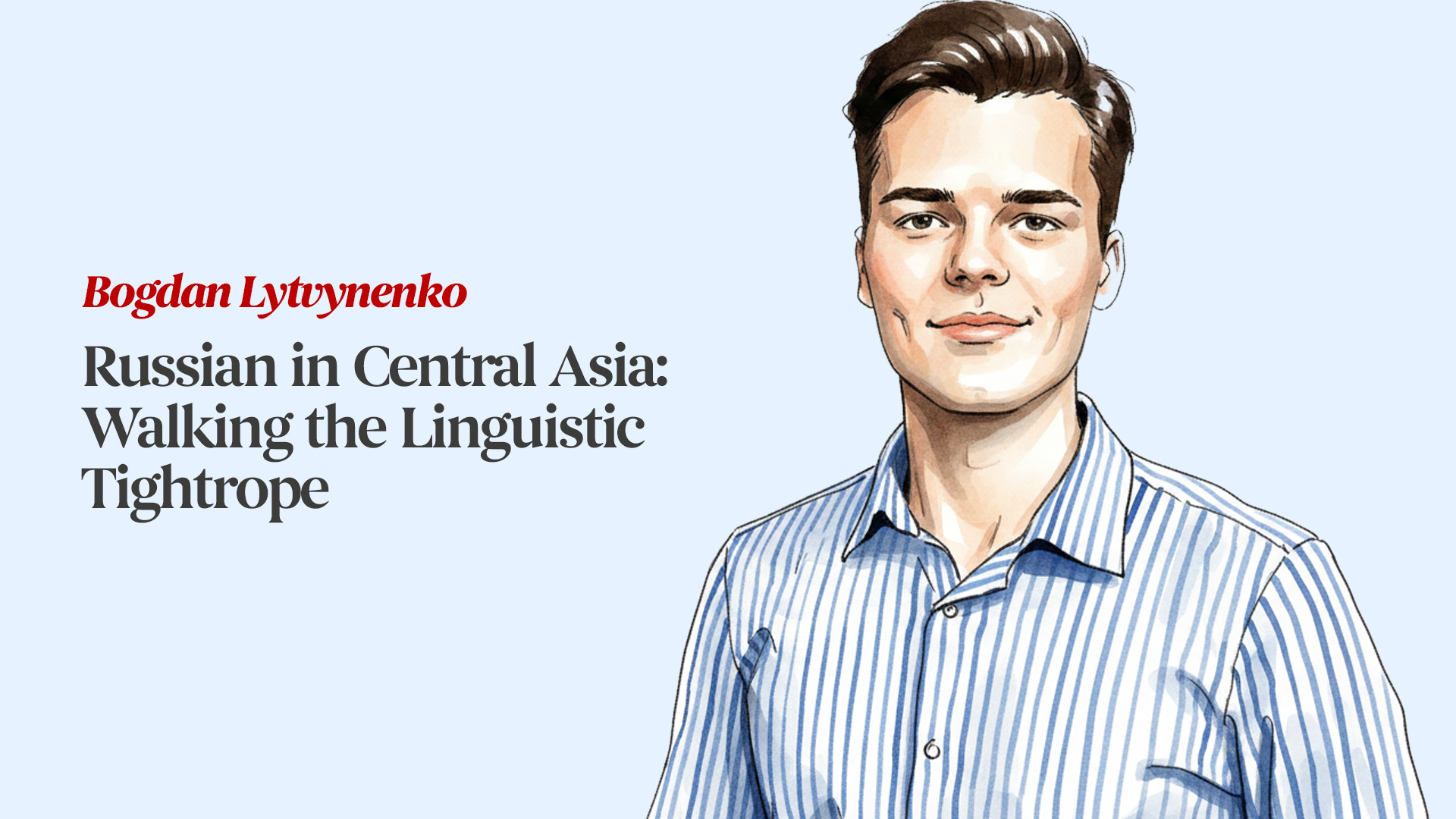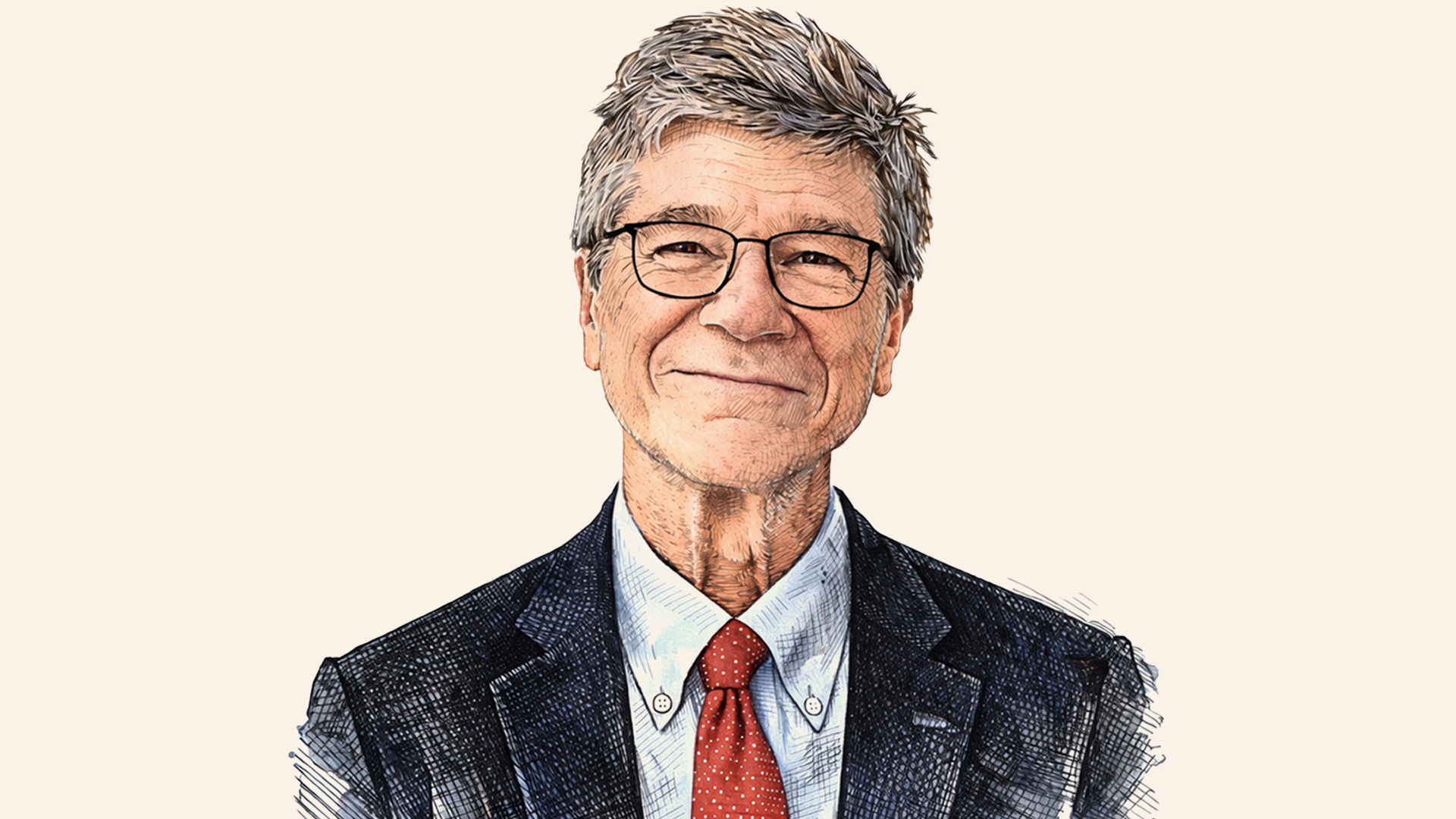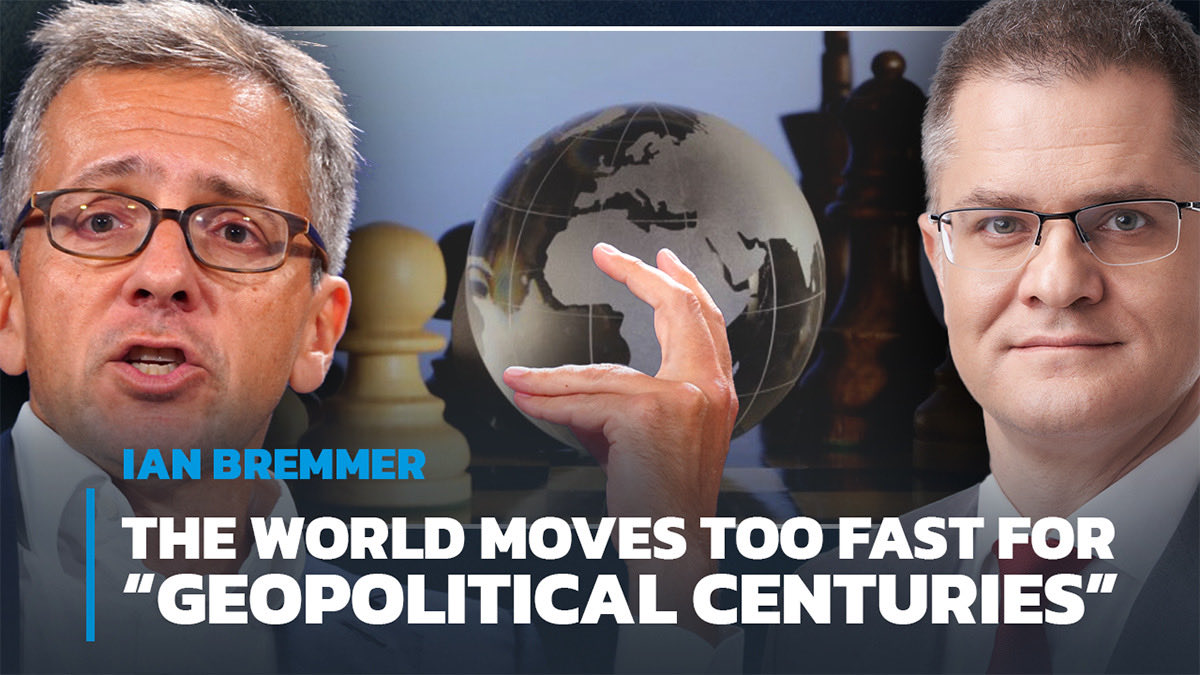 Gary Milante and Kate Sullivan
Gary Milante and Kate Sullivan
As evidence demonstrating the relationship between conflict and underdevelopment mounts, the task of building and sustaining global peace seems almost unattainable. This relationship is particularly precarious in countries experiencing high levels of fragility, where a failure to address conflict and underdevelopment in parallel could result in increased violence, poverty and inequality. Over the past 15 years, the world has spent at least 1.7 trillion dollars on official development assistance, and yet 700 million people still live in poverty on less than $1.90 a day. Today, 450 million of the world’s poor live in the 100 most dangerous places. In these countries, 350 000 people die from violence every year and another 60 million have been displaced.
Innovation and integration for global development
The 2030 Agenda for Sustainable Development, adopted at the United Nations Sustainable Development Summit in September 2015, is the first international policy to explicitly recognize peace, justice and inclusive institutions as the foundation for sustainable development. Comprising 17 Sustainable Development Goals (SDGs) and 169 targets, the 2030 Agenda has been criticized for being too ambitious, even unrealistic. Yet its scope and breadth is well founded. On one hand, the ambition of the SDGs reflects the shortcomings of their predecessor: because the Millennium Development Goals (MDGs) did not sufficiently address the priorities of fragile and conflict-affected countries or the implementation challenges they face, progress on the MDGs was uneven.
On the other hand, the scope of the SDGs also reflects shifting security dynamics, wherein new and evolving threats challenge long-held distinctions between humanitarian and development needs and their associated responses. For instance, the global migration crisis—which is largely attributed to forced displacement emanating from fragile and conflict-affected countries—cannot be resolved through humanitarian or development responses alone. While humanitarian-only responses risk perpetuating persistent emergencies by ignoring underlying root causes, the development-only responses lack the capacity and flexibility of resources to respond to urgent demands.
Despite the scale and complexity of the challenges posed by fragility, the international community is making strides towards delivering more collaborative, better-coordinated responses.
The article's full-text is available here.











